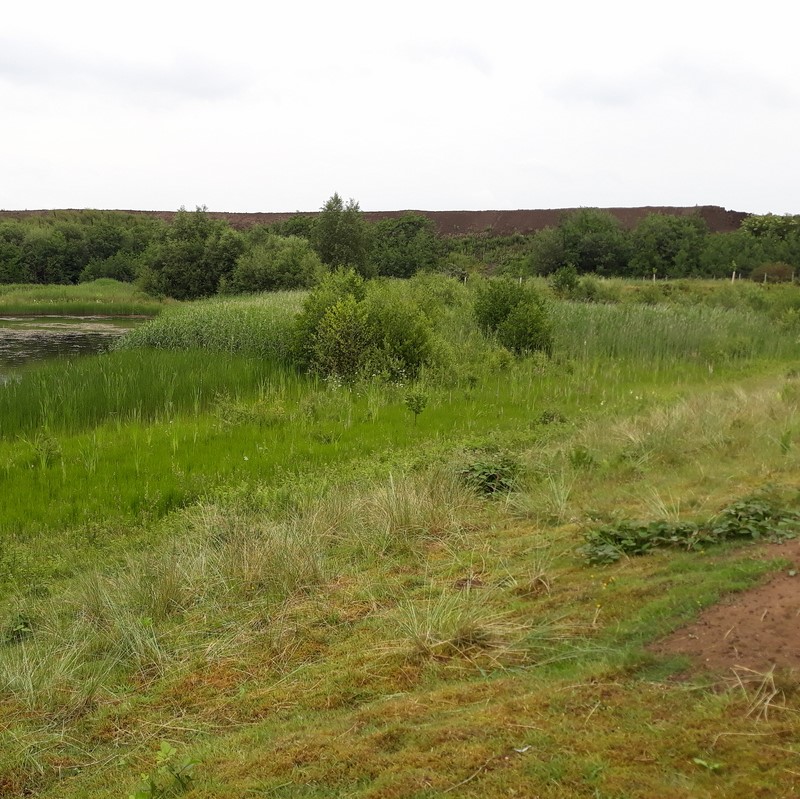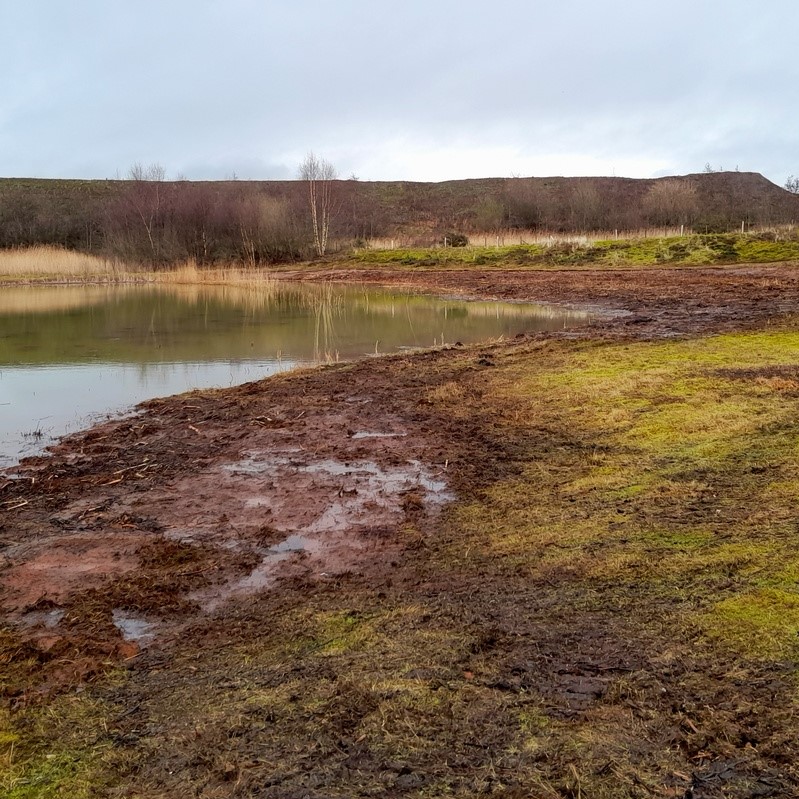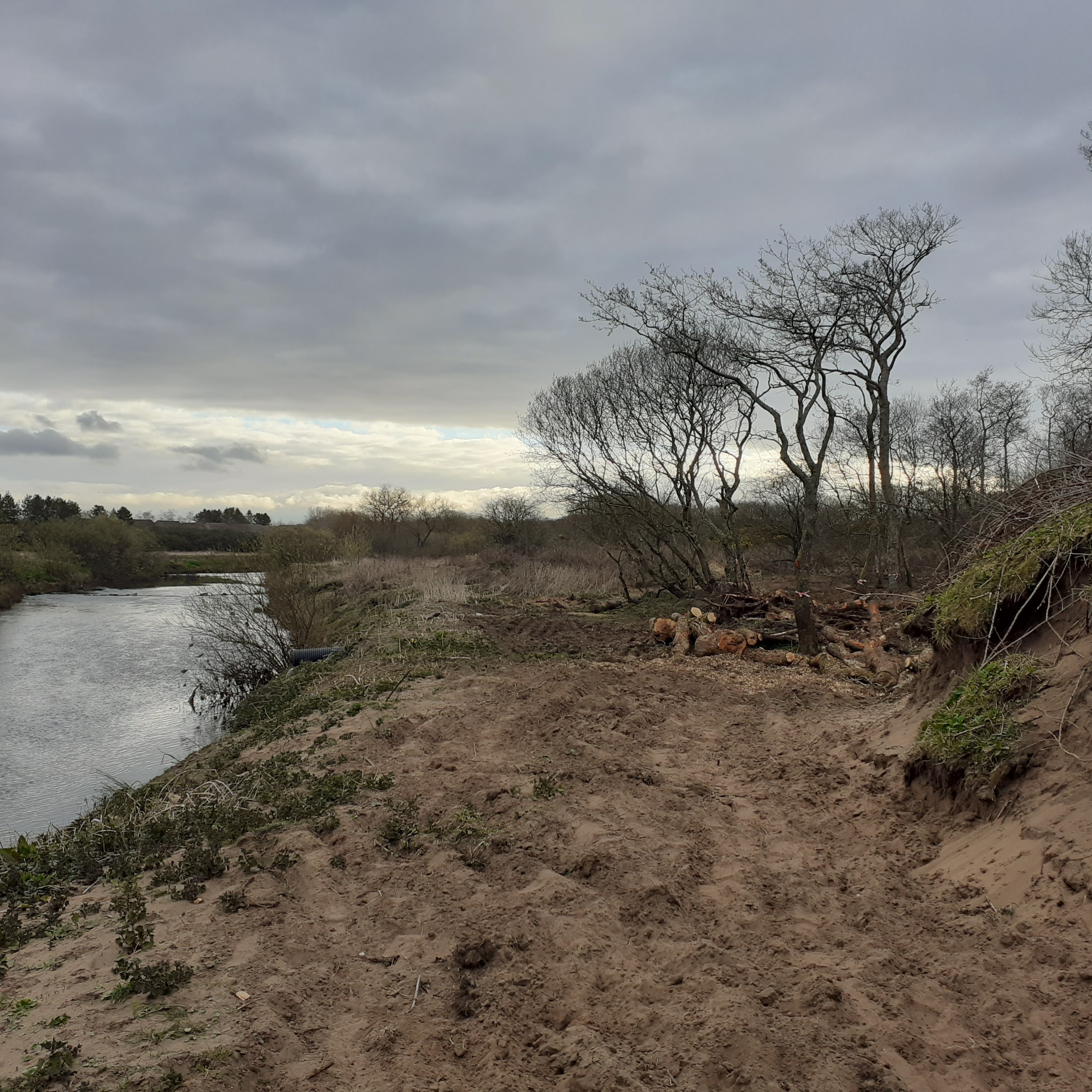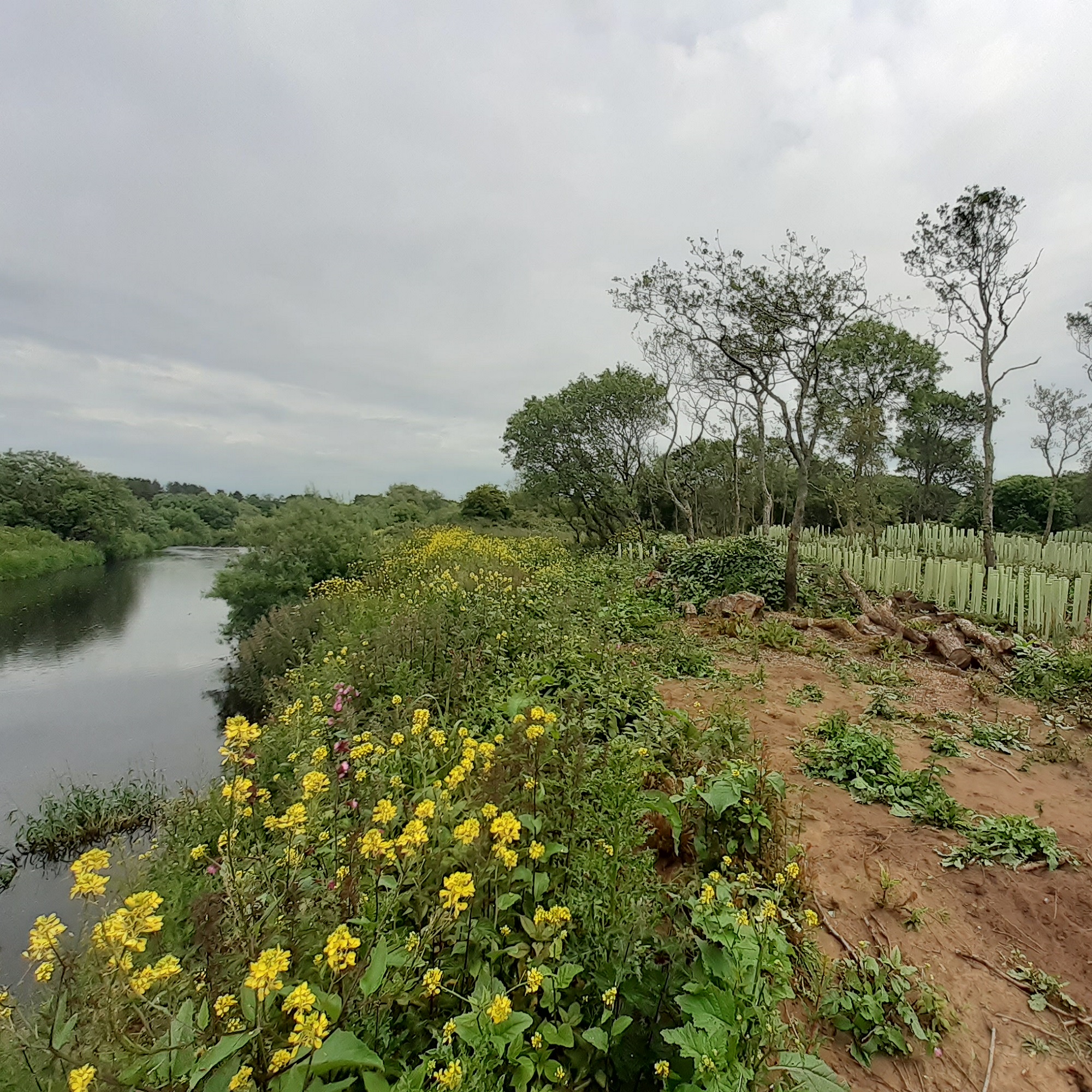
Status
Complete
Network
Habitat
Saving Shewalton Sandpits
Shewalton Sandpits is an accessible and peaceful urban fringe Wildlife Reserve where you can enjoy dragonflies, butterflies and other species attracted to its diversity of habitats, particularly the ponds and river. The sand-based, aquatic and lush riverbank vegetation supports hundreds of invertebrates and plants, many of which are notable.
The high wildlife value of this site was, however, threatened by river erosion and Himalayan balsam, an invasive non-native plant, so the Scottish Wildlife Trust worked in partnership with Garnock Connections, East Ayrshire Woodlands, and a team of local volunteers to save this urban reserve.
This Garnock Connections project included stabilising the riverbank and reprofiling the sand mounds to make it easier to get at the Himalayan balsam to control it. In addition, grassy areas were created for wildflowers, sand banks put in place for bees, the woodland managed, the pond enlarged and nesting structures installed for sand martins.
This Garnock Connections project included stabilising the riverbank and reprofiling the sand mounds to make it easier to get at the Himalayan balsam to control it. In addition, grassy areas were created for wildflowers, sand banks put in place for bees, the woodland managed, the pond enlarged and nesting structures installed for sand martins.
Check out our blog to read more about the work involved in this project.

Outputs achieved
100m of green bank stabilised
4.5 Ha of invasive non-native plants removed
3000 native trees planted
1 Sand Martin bank created
1000m2 of new area of open water


Invasive Himalayan Balsam. Photo credit: Scottish Wildlife Trust

Installing sand martin boxes. Photo credit: Scottish Wildlife Trust


Before pond excavation Photo credit: Scottish Wildlife Trust


After pond excavation Photo credit: Scottish Wildlife Trust


Before planting and reprofiling


Shewalton Sandpits after planting and reprofiling
Did you know?
The carnivorous aquatic plant, bladderwort (Utricularia vulgaris) grows in the ponds, indicating how clean the water is. The trap-doors on the tiny bladder on its leaves and stems open when they sense prey, sucking in the tiny creature before snapping shut again – all happening, it is clamed, at three times the speed of sound.
Photo credit: Donald Cameron
Contact Details
Name: Gill Smart, Scottish Wildlife Trust's Reserve Manager for Southwest Scotland
Email: gsmart@scottishwildlifetrust.org.uk
Phone: 01294 279 376

